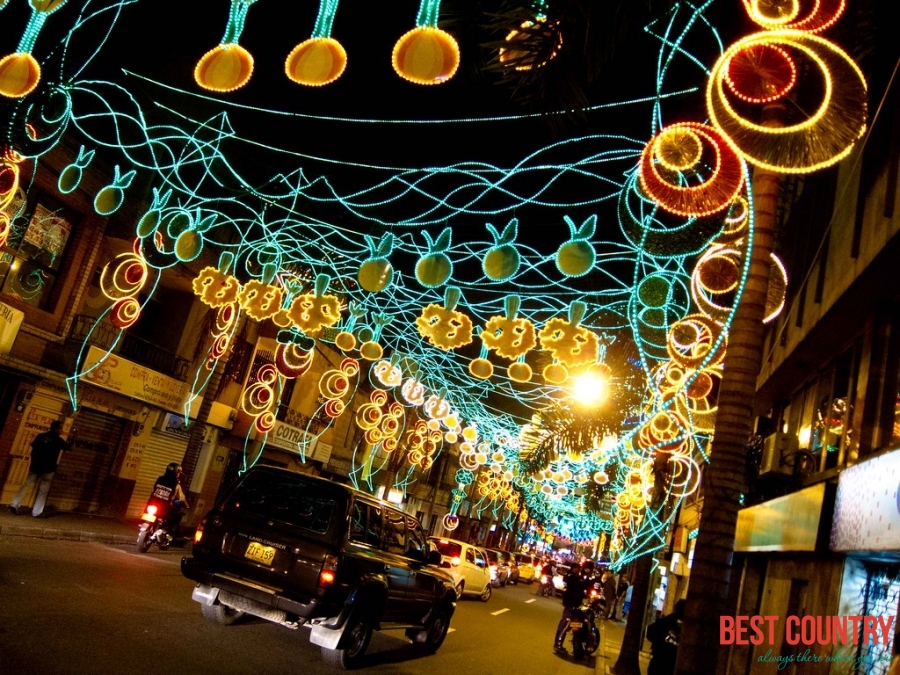Christmas Tradition and Celebration in Colombia

One of the most popular dishes is bunuelos, originally from Jewish and Arabian culture. It came to Latin America during the Spanish colonization. These are cheese fritters made of cornstarch, butter and cheese. To prepare them, knead all the ingredients together and then form small balls. They are often served with natilla, a sweet dessert made out of milk, butter, panela, cinnamon, and lots of love.
The result is a milky jelly that can be eaten with berries, sauce or milk candy. At Christmas adults and kids love preparing this recipe and sharing it.
Another popular dish in Colombia is tamales. They are made of corn, wrapped in plaintain leaves, and boiled, although they vary according to the region.
For example, peanuts are used in the Cauca region, while tamales prepared in the Eastern valley used to have turtle meat. Some of them also have rice, peas, eggs, carrots, bacon and chicken.
While grandmothers cook, the rest of the family begins decorating the house, the streets, and the whole neighborhood. They decorate Christmas trees and the most important thing, the empty cradle where they place Baby Jesus on Dec. 24. The streets are normally decorated with plastic colorful flags and lights. On the streets, they do colorful drawings.
Many of the small houses are also carefully decorated. The government decorates streets, parks and buildings, and promotes contests to award the best block, home, neighborhood and mall, so everyone is encouraged to follow this custom.
Officially, Christmas begins on Dec. 7 when Colombian people celebrate Candle Day, an important festivity in which kids and adults join at night to light candles in the streets and windows. Offices and homes are decorated with lanterns and candles that welcome the holiday season. They are accompanied by fireworks.
The origin of this celebration was in 1854 when Pope Pius IX defined the dogma of the Immaculate Conception of the Virgin Mary. In anticipation of this event, people started lighting candles. This Catholic tradition continues to be important in Colombia. The image of the Virgin Mary and the Baby Jesus are important figures, rather than Santa Claus.
On Dec. 16 the novenas begin, a special moment of the day in which families, friends and neighbors join to pray on nine successive days, commemorating the birth of Jesus. The last is the evening of Dec. 24, when everyone remembers that Jesus came to earth. These traditions are still celebrated and help people to keep in mind the real meaning of Christmas. During these special celebrations people sing Christmas carols, and read Bible verses, among other activities.
One of the funniest traditions are the aguinaldos, which are games that adults and children play, like Tres Pies. Each player tries to put one foot in the middle of the feet of the other players without being noticed. Another funny game is Si y No, in which you are not able to say one of those two words.
On Christmas night, families share special dinners, depending on which region of Colombia they are in. Some eat turkey, lechona (pork filled with rice and peas), among other typical dishes. They also give everyone the presents that the Baby Jesus brought.
Finally on Dec. 28 in Colombia, we celebrate the Innocent Days, a date full of fun and jokes because people use to do jests, like giving others fake food, inventing stories, and so on. On TV channels, they transmit the funny mistakes people do, and even newspapers create funny news. These are some of the important celebrations and customs people do in Colombia to celebrate Jesus’ birthday.